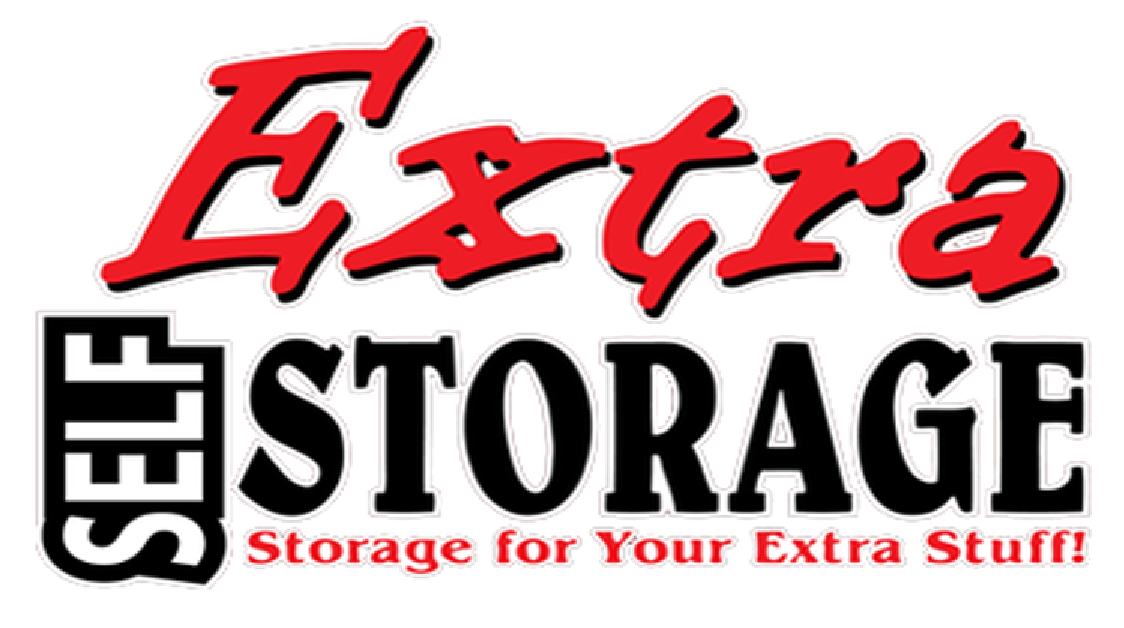Storage Tips
Appliances:
A refrigerator or freezer should be thoroughly dry and stored with its door slightly ajar. Some items can be stored inside large appliances. Cartons can be stacked on top of stoves, refrigerators and freezers. Make sure that stove and cooking equipment are cleaned before they are stored.
Bicycles and other metal items:
To retard rust, wipe all metal surfaces with a rag containing a few drops of machine oil.
Books and documents:
Pack books flat to protect their spines. Do not place boxes directly on the floor. Use pallets or skids to prevent moisture. Use packing to fill out empty pockets in the cartons. Do not pack fragile items in the same carton with books. Do not overload.
Bedding, Clothing, Curtains, Drapes & Linen:
Clothing, curtains and drapes should be stored on hangers. If hanging facilities are not available, such items should be carefully folded and stored in dresser drawers or cedar chests along with bedding and linen. Some facilities sell wardrobe style, cardboard cartons which help protect you clothes. Food crumbs or stains should be removed before storage. Avoid storing anything that will attract rodents.
Dishes and Glassware:
Place a layer of packing inside the bottom and top of the cartons containing glassware. Label all cartons. All glass items should be individually wrapped. Nest cups and bowls and stand plates, saucers and platters on edge. Wrapped glasses should be placed toward the top of the carton.
Furniture:
Place a pallet, cardboard mat or plastic sheet on the floor and stand sofas and mattresses on end. Disassemble beds and tables and wrap the legs in paper. If a table will not disassemble, place padding on the floor and place the table on its top with the legs pointing up. Use dresser tops for stacking cartons and dresser drawers for linens or small, delicate items. Keep upholstery off the floor. Most lightweight chairs should be stacked "seat to seat" or placed upside down on tables which cannot be disassembled. Place a light dust cover over your furniture.
Holiday Decorations:
Save original cartons which contained delicate ornaments and pad the ornaments with packing paper or newsprint. Wrap strings of lights around a piece of cardboard before placing in a carton lined with packing paper.
Lamps:
Wrap large lamp bases in padding. Wrap smaller lamps and place them in cartons. Pack delicate lamp shades separately. Do not use newsprint to wrap lamps shades or any other goods which may be damaged by ink stains. Do not store heavy items atop cartons containing lamps or lamp shades.
Mirrors, Windows and Screens:
These items should be stored on edge not flat.
Records and Phonographs:
Records should be stored on edge to prevent warping. When moving a record player, the tone arm and turntable should be secured to prevent bounding.
Tools:
Metal tools should be cleaned and wiped with a rag containing a few drops of machine oil to retard rust. Long-handled tools such as rakes, shovels and hoes should be clean, lightly oiled and tied in bundles.
Other Tips
What packing supplies do I need?
Inspect your storage unit and make a list of packing accessories you will need. Commonly used packing aids include such items as newsprint or wrapping paper, bubble-wrap, tape, rope, drop cloths, polyurethane sheeting, mattress and furniture covers, pallets, skids, dehumidifiers and cartons. The manager may have some or all of these items for sale on the premises.
How do I use all the space efficiently?
Rent or buy freestanding storage shelving to help make your things easily viewable and accessible. Place a pallet on the floor. Do not lean items against walls. Leaving air space around the unit's perimeter will aid ventilation. Leave a walk way to the rear of the unit. Use all the space available, including its height. Disassemble items such as bed frames.
Where should I store frequently used items?
Place frequently used items near the door.
What type of containers should I use?
Although cardboard boxes are less expensive, plastic totes are more efficient at deterring pest activity & moisture. Containers should be completely sealed. Fill containers to capacity. Partially full or bulging cartons may tip or collapse. Heavy items such as books or tools should be packed in small containers. If a carton is too heavy, it will be hard to lift and should be divided between two or more cartons.
How should I store my fragile items?
Fragile items should be cushioned by packing and placed toward the top of the unit.
Should I label my items?
Label cartons and take home a list of the labeled cartons for easy reference when you need to locate your property.
